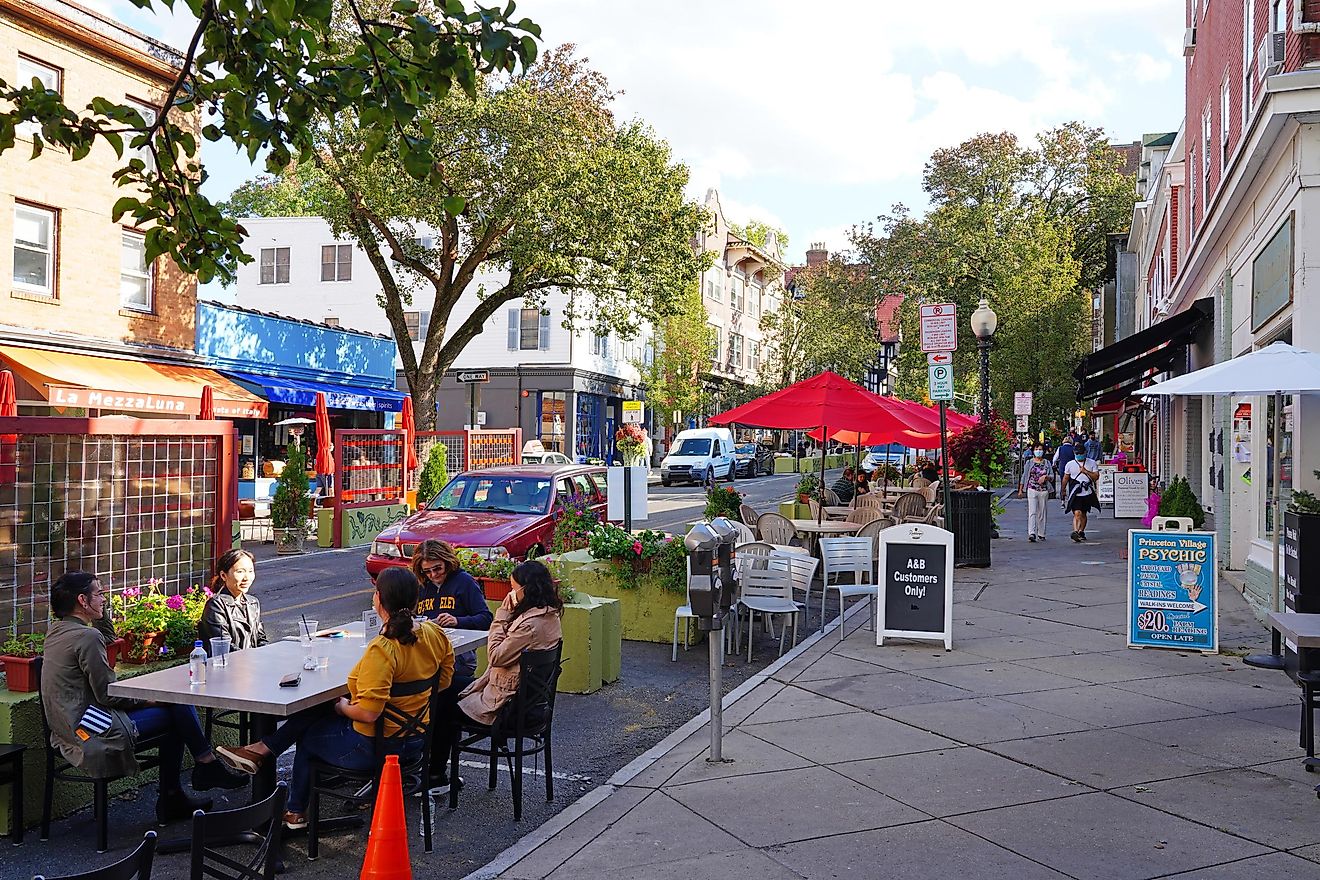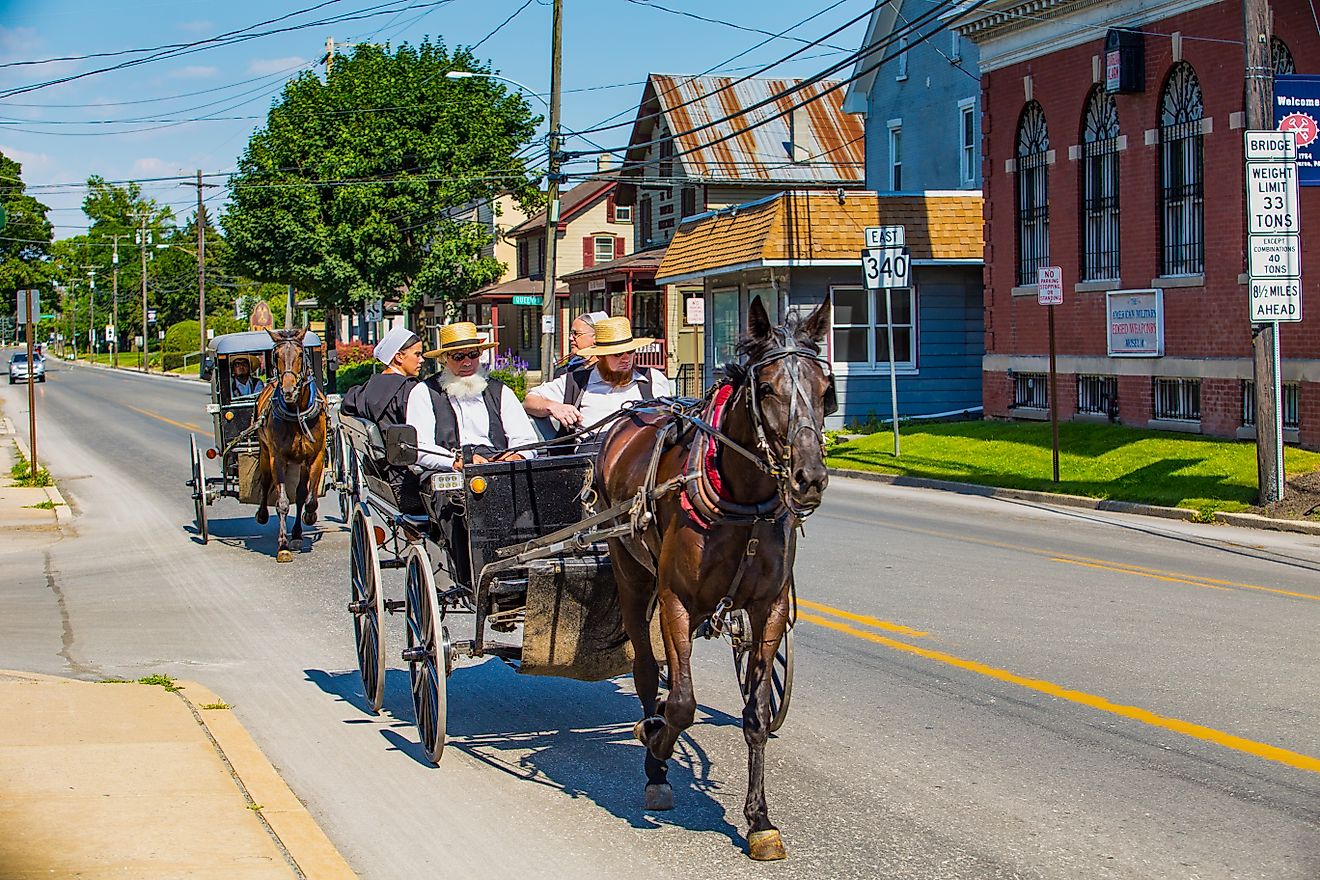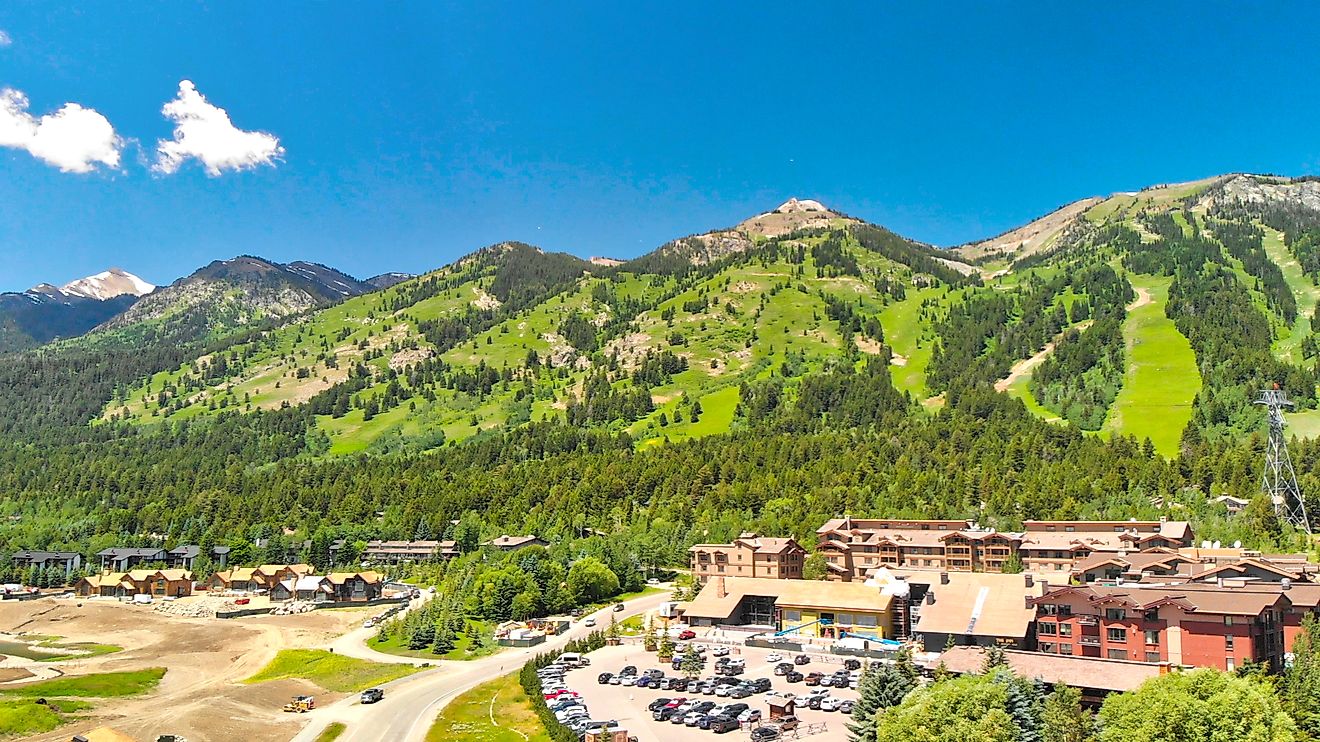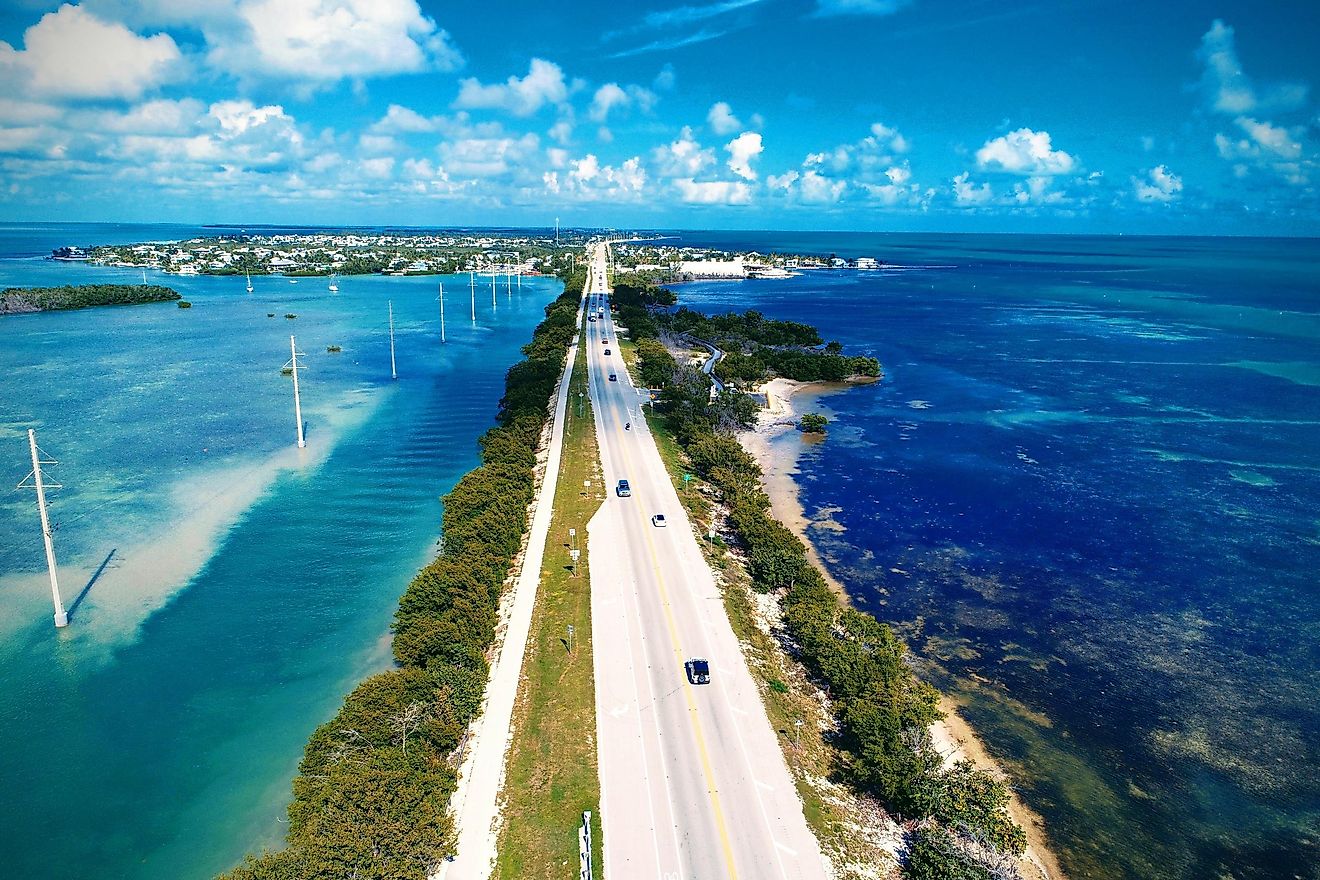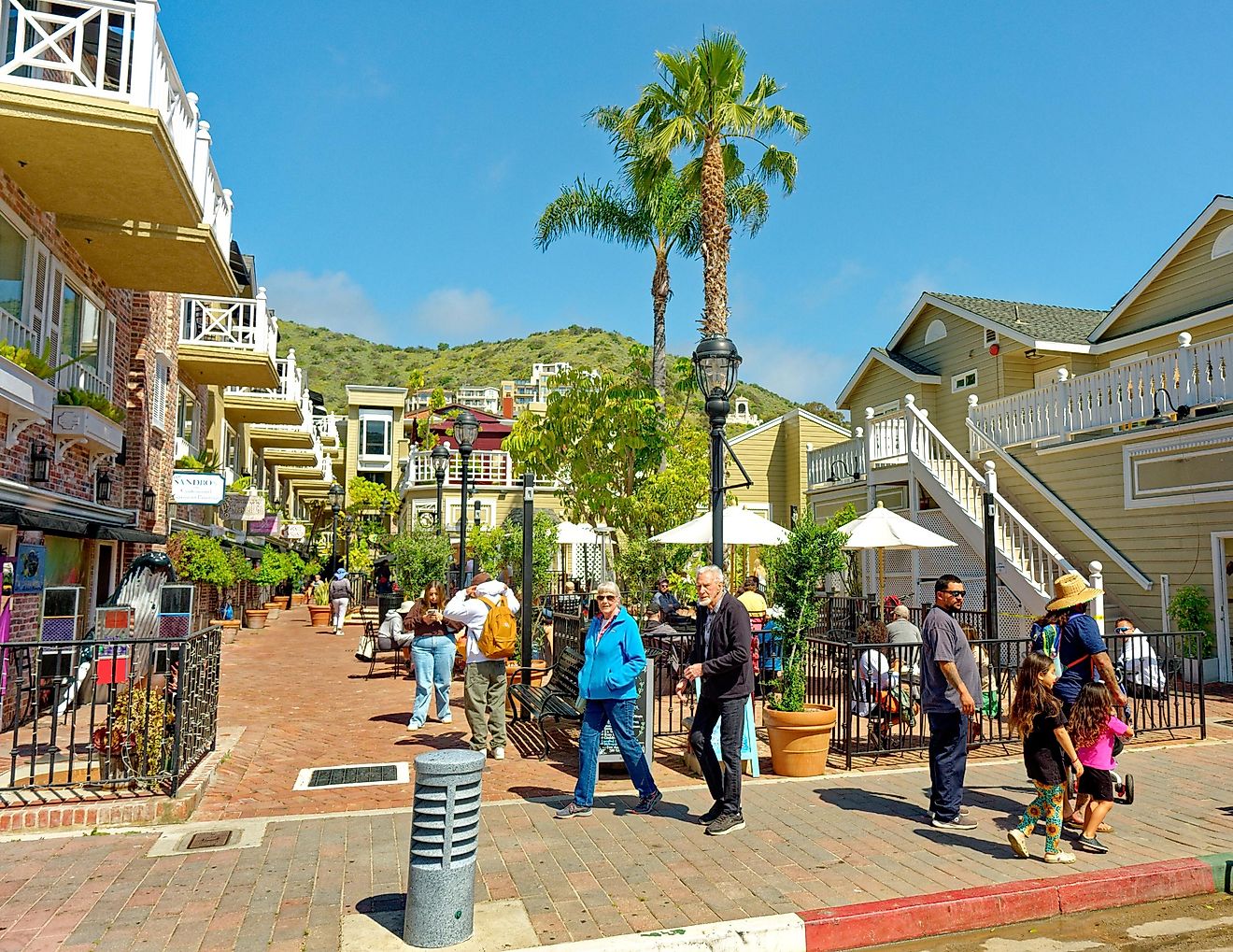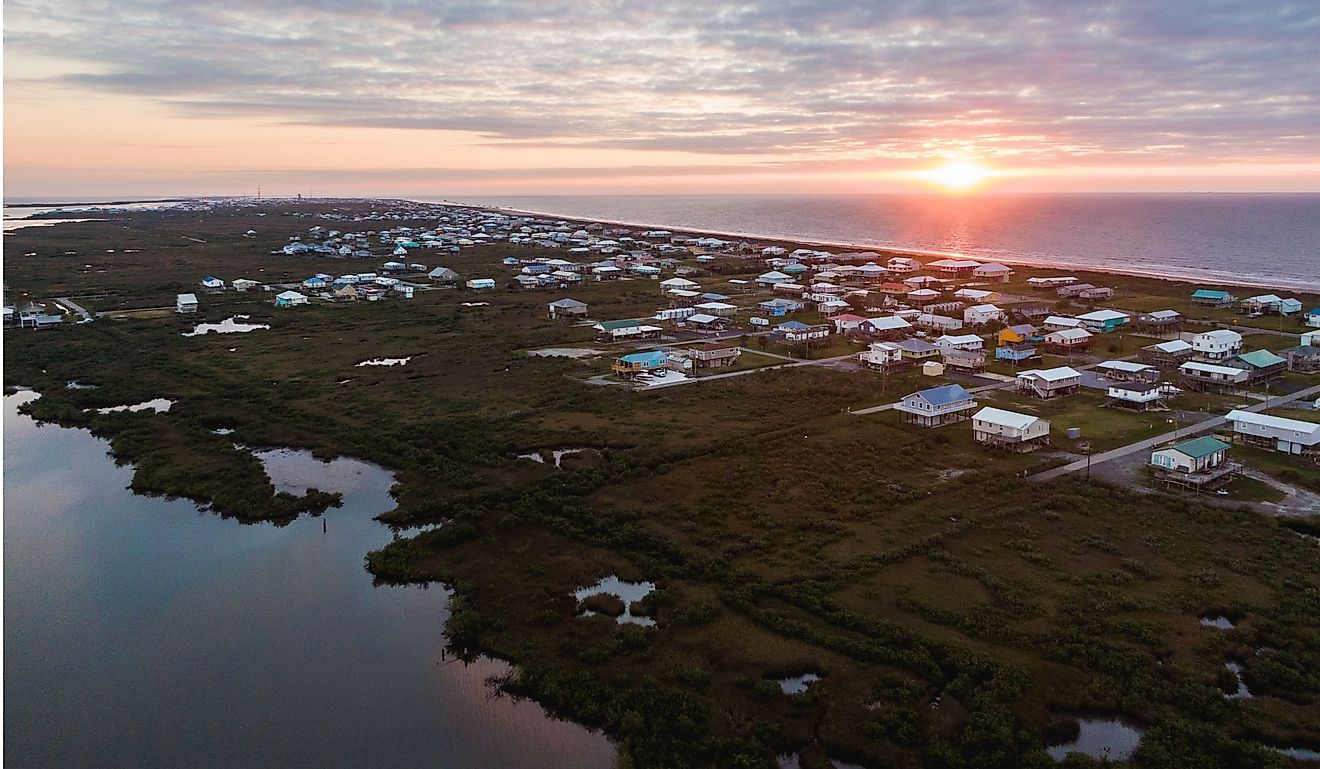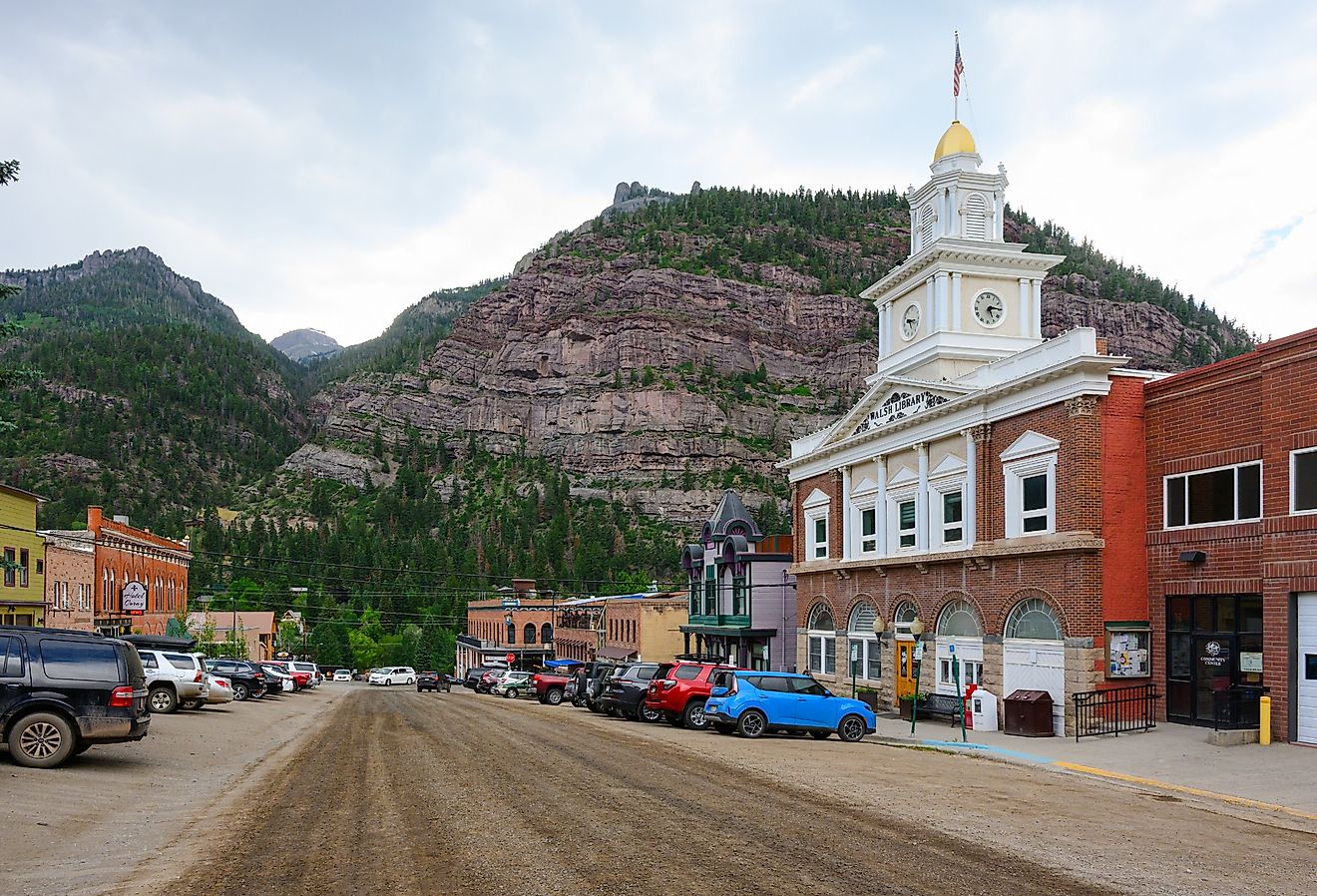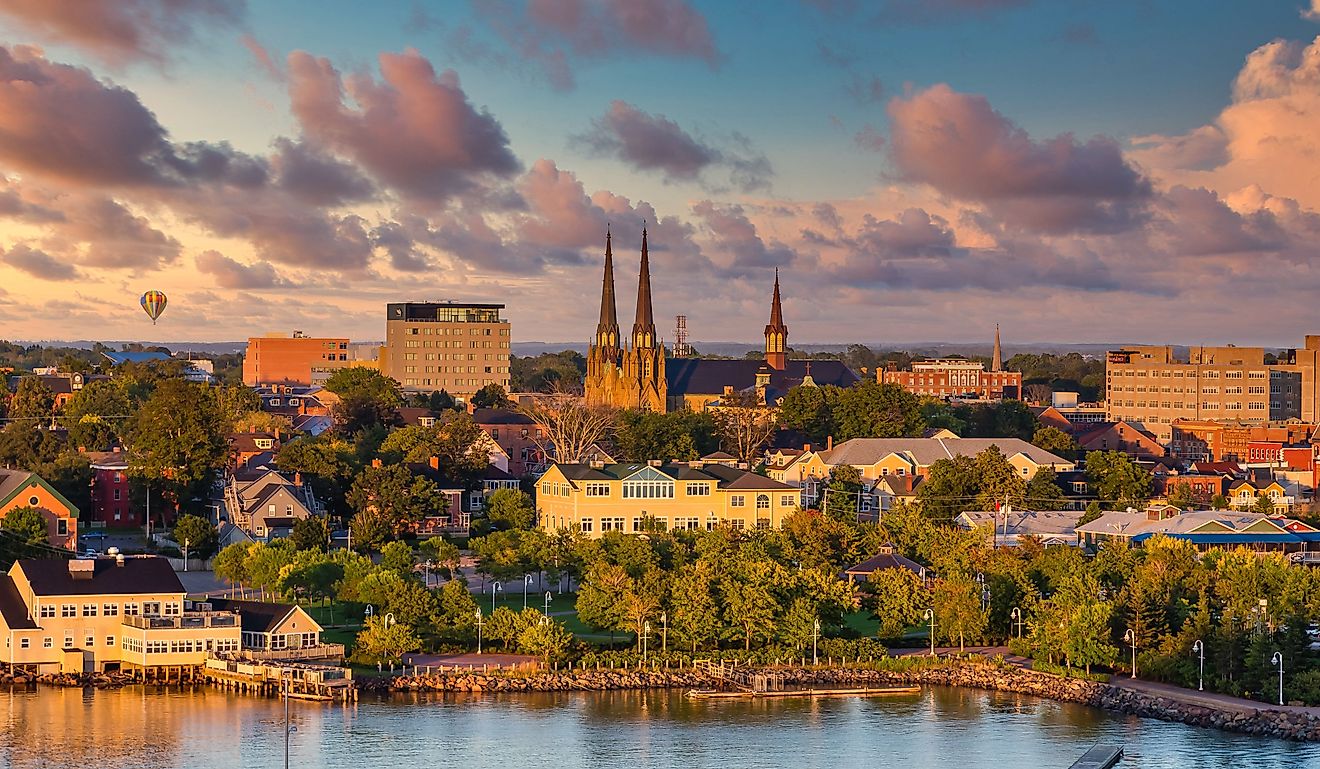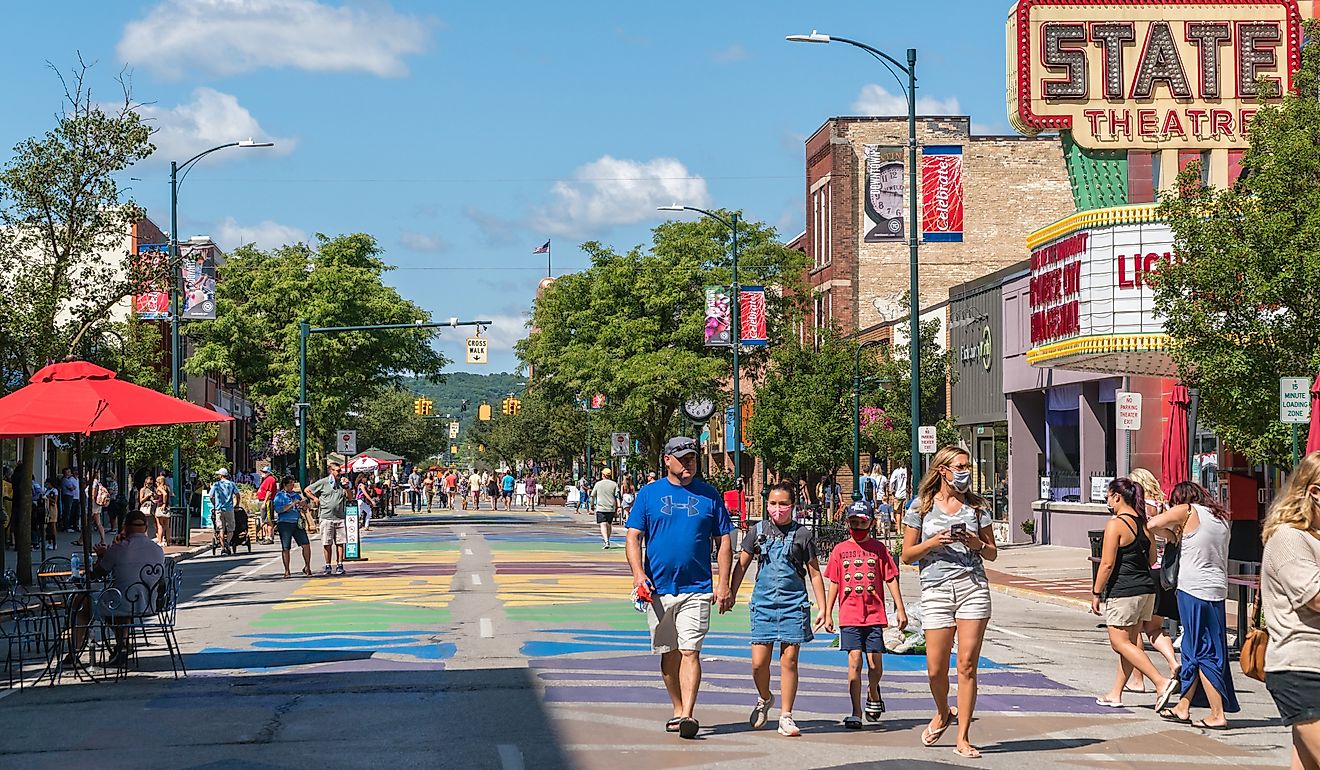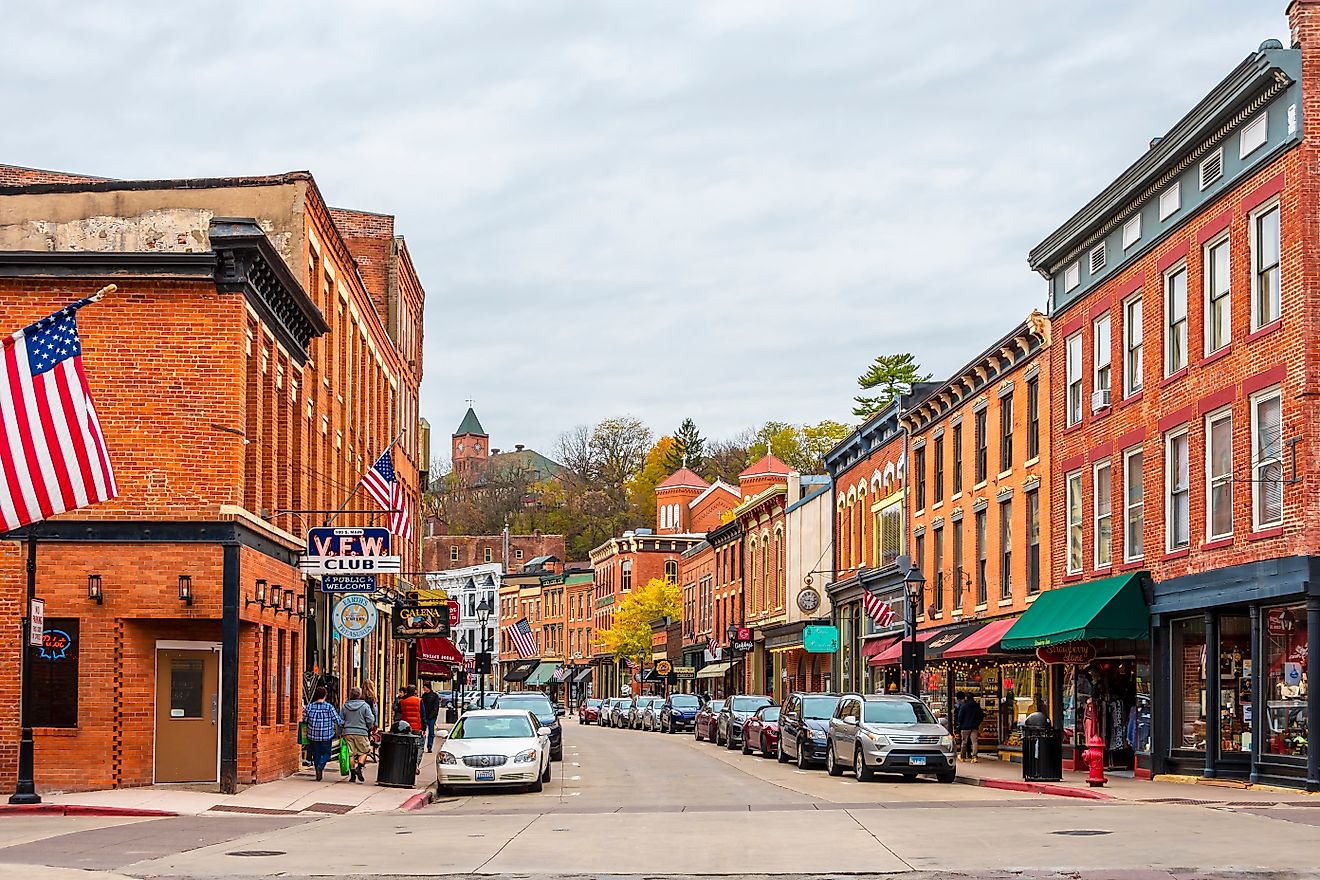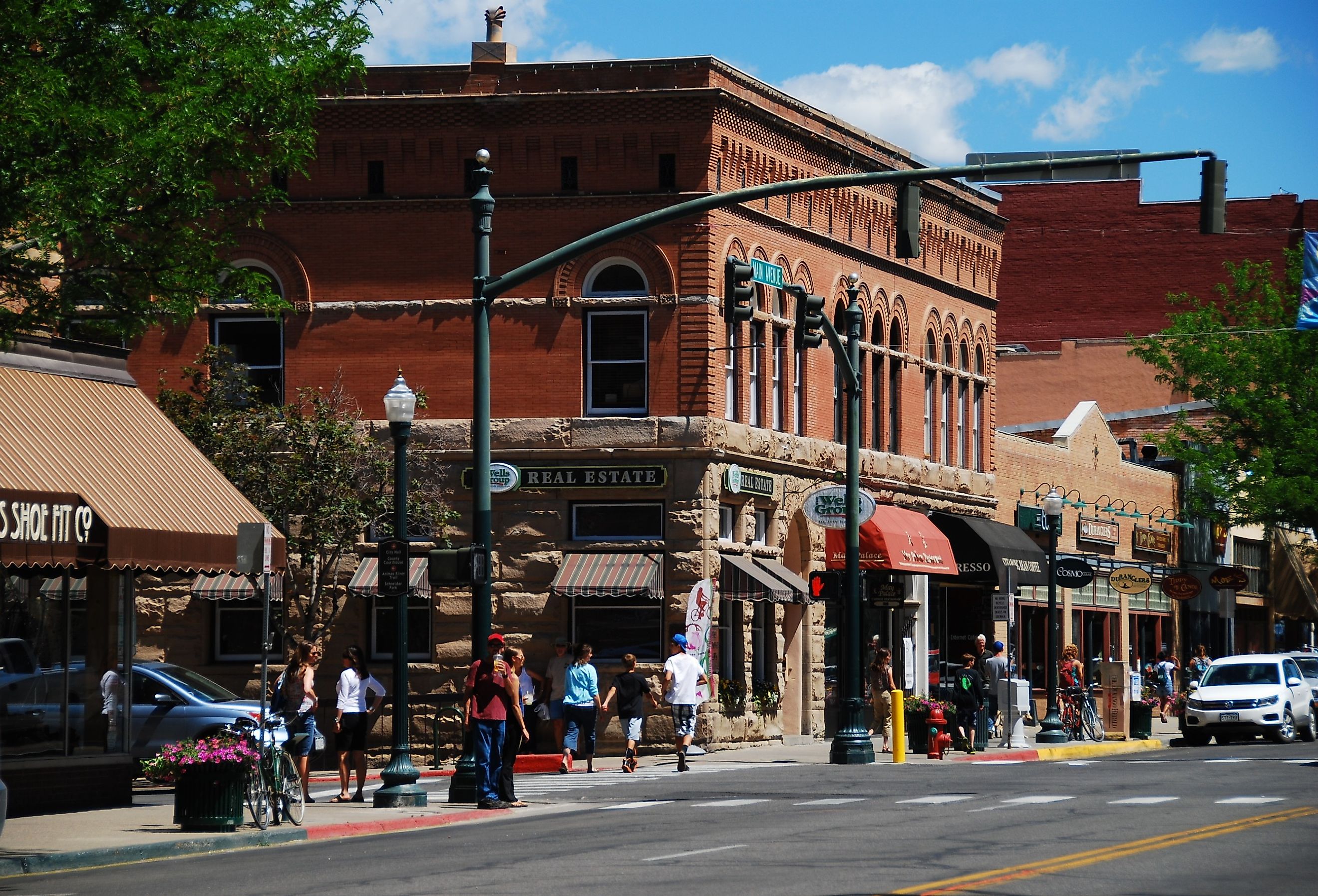
These Small Towns in the Colorado Plateau Have the Best Historic Districts
The Colorado Plateau is home to some of the most mesmerizing landmarks in the Southwest, including the Grand Canyon, Mesa Verde, and Petrified Forest. The region covers a vast area of 130,000 square miles, roughly centered around the four corners of Utah, Arizona, Colorado, and New Mexico. Across the expanse, rugged rock formations rise towards endless skies, offering vast panoramic vistas.
As you lace up your boots to hike through any of the region's eight national parks, don't neglect the rich historical heritage in many small towns scattered throughout. Several small communities have a deep history throughout this geological paradise. From the remnants of ancient cliff-dwelling civilizations to the legacy of the pioneers moving west, these historic districts can provide a deep appreciation for the resilience of the human spirit.
Snowflake, Arizona
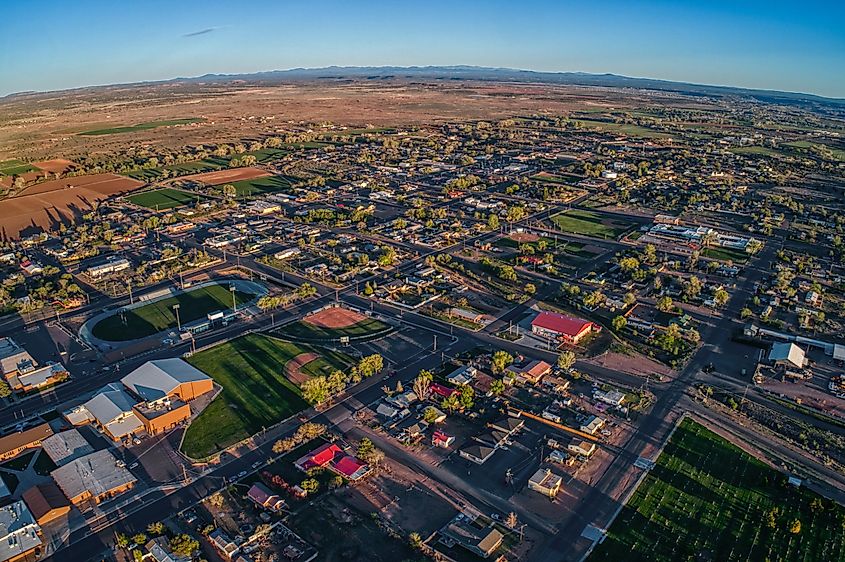
Snowflake, with a population of 6,364, sits in Navajo County in the northern part of the White Mountains. While its name might conjure up images of a winter wonderland, the town bears the names of its two Mormon founders, Erastus Snow and William Jordan Flake. Snowflake's history is closely intertwined with the migration of Mormon settlers who, during the 1870s, began building homes, raising families, and establishing a vibrant local community. Even though the surrounding region was home to several Native American tribes for centuries before the arrival of the Mormons, the small town became a center of commerce and trade for many other settlements.
The Snowflake Townsite Historic District is a 20-block area filled with residential and commercial buildings representing the early days of the westward expansion. Visit the Stinson Pioneer Museum to view countless artifacts found in the region, and be sure to walk through the rustic dwellings for a unique perspective into the struggles of the American frontier. The city offers guided and self-guided walking tours, including a working blacksmith shop.
Cortez, Colorado
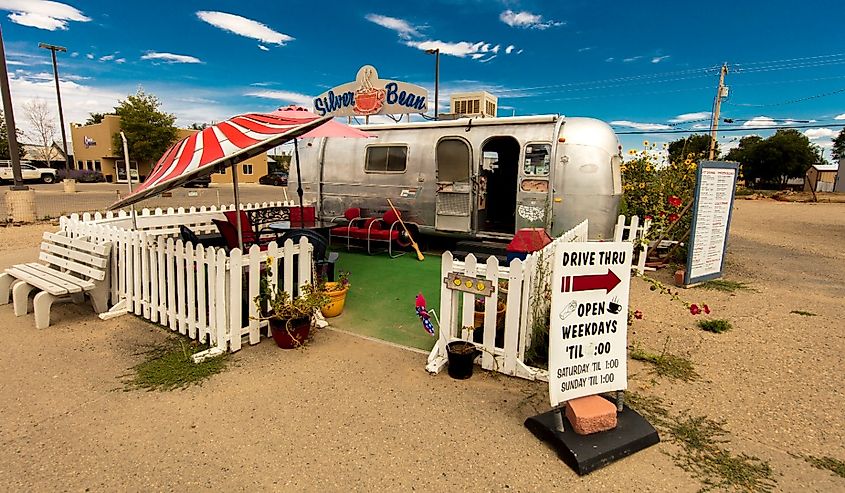
Cortez has a growing vibrance deeply rooted in the heritage of its people. This small town is one of the largest in southwestern Colorado and is a historical gem due to its proximity to Mesa Verde National Park, Hovenweep National Monument, and the Four Corners Monument. The downtown district celebrates the lives of several various diverse cultures, from ancient Puebloans to Native American tribes and early pioneers. The Montezuma Heritage Museum houses free exhibits with excellent exhibits and artifacts.
The Cortez Cultural Center is located in one of the downtown's first mercantile (circa 1909), where local performers offer authentic Indian dance performances during the summer months. Another great site is the Crow Canyon Archeological Center, where visitors can enhance their knowledge of the tribal cultures that once called the Plateau region their home. The Cortez Historical Board supervises the preservation effort and has committed itself to preserving many local buildings and significant archeological sites, giving the small town of 9,000 residents an authentic wilderness feel.
Telluride, Colorado
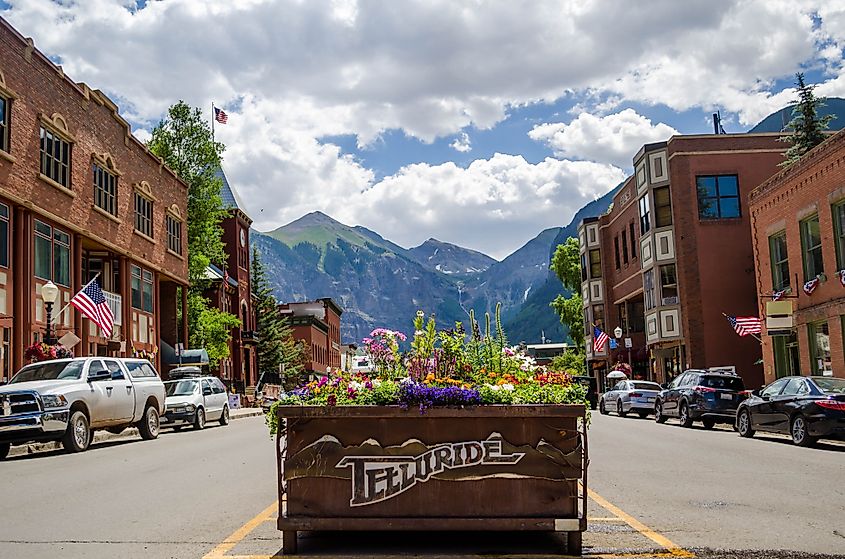
Telluride is a picturesque ski resort town in the San Juan Mountains brimming with unique historical treasures. It has one of the best historic districts in the Rockies (the town has been a National Historic Landmark District for over 60 years). The original community found fame as a thriving mining town during the gold rush days of the late 1800s, creating almost instant wealth for many local prospectors and residents. There are numerous blocks of Victorian/Western buildings, historic sites, and markers to explore mixed in with eclectic art galleries and shops.
Be sure to visit the Telluride Historical Museum, housed in one of the town's original buildings. (The building was built in 1896 as a hospital to treat miners and settlers in the area). Afterward, it is a short walk to the Lone Tree Cemetery, with many unique markers. Next, hike to Bear Creek Falls along some of the paths the early pioneers traveled from the many mining encampments scattered through the mountains.
Bluff, Utah
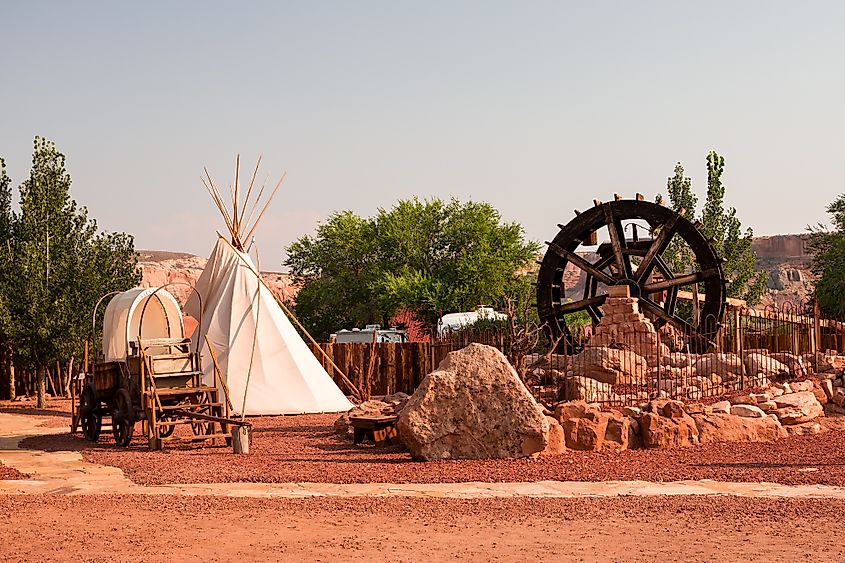
The tiny and underrated town of Bluff, Utah, might seem to be in the middle of nowhere, but this community of less than 300 is filled with historical significance. The town is situated on the north end of the San Juan Valley, on Route 191, about two hours south of Moab. Nestled between the sandstone cliffs and the San Juan River, the town is a perfect rest stop for those traveling the Trail of the Ancients Byway. The town began as Bluff Fort, built to protect and support Mormon settlers who were making their way west.
The Bluff Fort Historic District has over a dozen buildings to explore, several listed on the National Registry of Historic Places. The Canyons of the Ancient's visitor center is a great place to begin exploring many of the ancient pueblos and rock formations surrounding the tiny community. For an additional educational adventure, try the Twin Rocks Trading Post for authentic Navajo rugs and baskets made by hand.
Cedar City, Utah
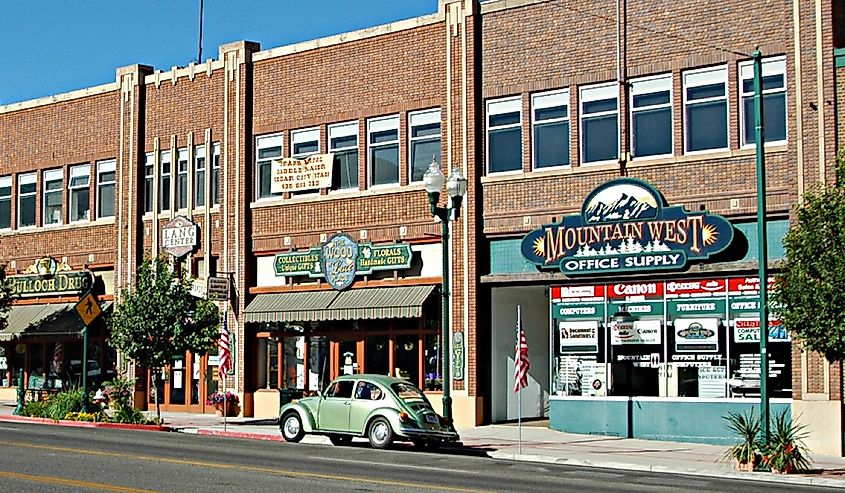
Set on the edge of the Markagunt Plateau, Cedar City is the gateway to Zion National Park, Bryce Canyon, and the Cedar Breaks National Monument. The town was originally built as a Mormon settlement due to its close proximity to vast iron deposits in the area. Even though its mining days lasted less than a decade, the town developed as a place of commerce supporting the agrarian and ranching lifestyles of many of the early residents.
The historic district of Cedar City has many unique buildings (over 100 are of historical significance) and statues that help to tell the stories of the people of the region. Visit historic Rock Church, with its unique construction, or have a picnic in Main Street Park underneath century-old trees. (The park was founded in the 1880s). Cedar City is the home of Southern Utah University, so there are plenty of activities sponsored by the educational community that enhance cultural and learning experiences.
Taos, New Mexico
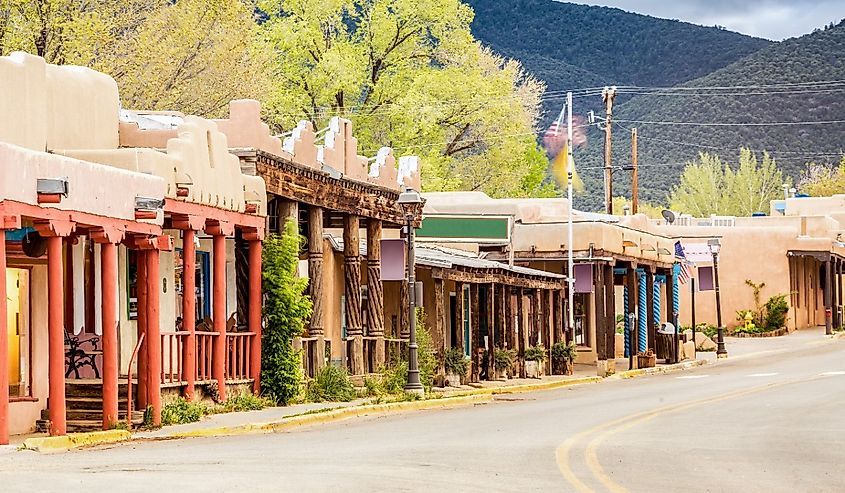
Nestled in the Sangre De Cristo Mountains, the area is popular with tourists, but it is also filled with centuries of old-world nostalgia. Located to the north of downtown, Taos Pueblo is the oldest Native American living community still in existence and is home to about 150 current residents. Guided tours are offered throughout the day, giving visitors a unique experience of the culture of ancient Puebloans.
The Taos Plaza is the heart of a vibrant downtown historic district filled with beautiful tidbits of heritage around every corner. The area was once a historic fort with low-walled adobe-style buildings, and now, it is home to an intriguing array of museums and galleries highlighting Native American and Spanish influences. Tour the elaborate exhibits at the Millicent Rogers Museum or walk through the homestead of one of America's most legendary mountain men at the Kit Carson Home and Museum. The best time to visit is during the summer when most of the museums and galleries are open.
Durango, Colorado
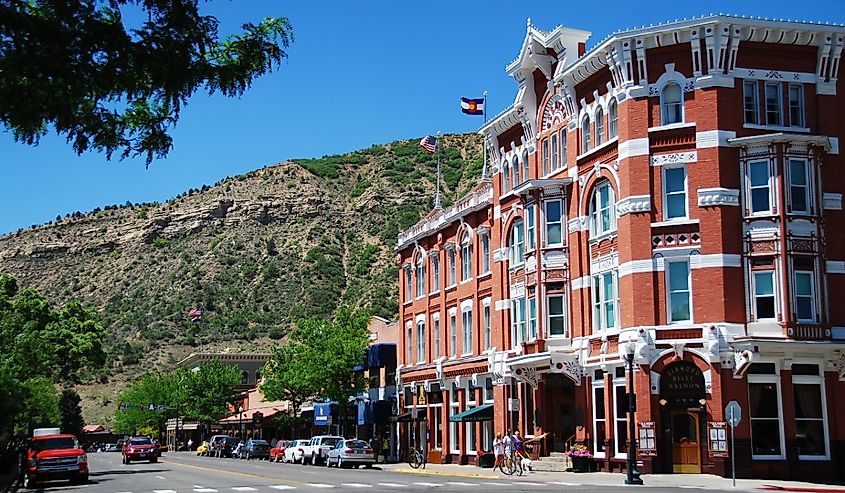
Durango sits on the eastern fringe of the Colorado Plateau, near the foot of the San Juan Mountains. The town of 19,123 is best known for its ski hills at Purgatory Resort and the narrow gauge railroad that runs along the Animas River to the mining town of Silverton. (The daily excursions are a great avenue for experiencing a nostalgic steam locomotive as it lumbers over the tracks through some of the best scenic views in the Rockies). While the train and skiing are the main draws, Durango also has a downtown historic district filled with buildings from the days of the untamed Wild West.
Stroll through the Main Avenue area featuring museums, art galleries and historic sites detailing the struggles of settlers attempting to conquer the wilderness. Visitors can stay in the Strater Hotel and belly up to the bar in the Diamond Belle Saloon (an authentic Wild West Saloon that will transport visitors back in time). The Railroad Museum is an excellent resource for an overview of the region's history with its unique collection of historic artifacts (including two fully restored locomotives, a caboose, and other cars).
The Colorado Plateau extends through several states near the four corners of Utah, Arizona, Colorado, and New Mexico. The region has a rich historical heritage and cultural diversity worth exploring. Today, the stories of cliff-dwelling ancients, gold-seeking prospectors, and early pioneers continue to be told in the many historic sites and districts throughout the territory. Their legacy forms the tapestry highlighting the lasting resilience and unconquerable spirit that helped forge the Southwest into the land it is today.
